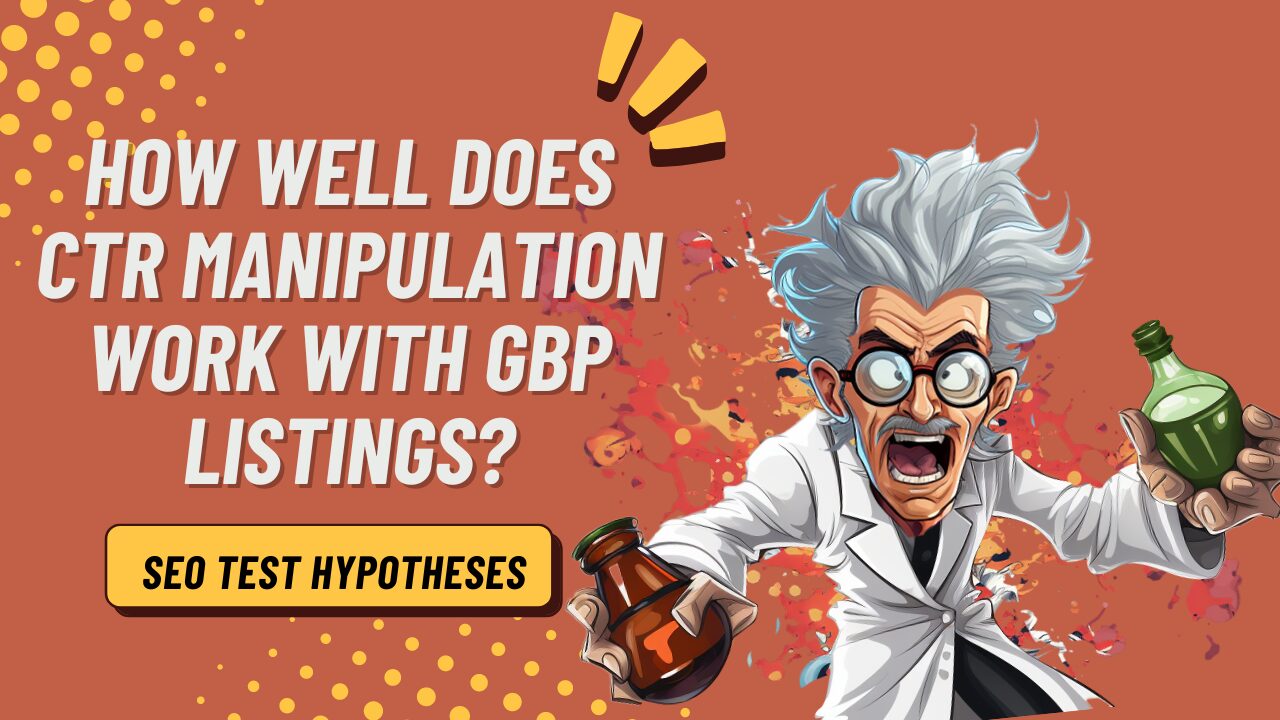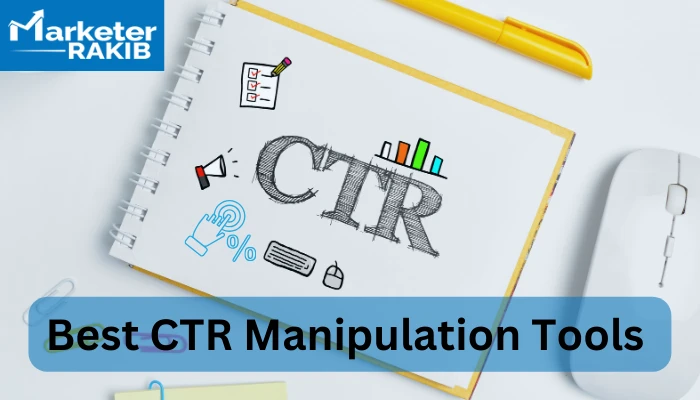Accomplish Superior Outcomes with Our Personalized CTR Manipulation Service
Accomplish Superior Outcomes with Our Personalized CTR Manipulation Service
Blog Article
Enhancing Organic Click-Through Fees With CTR Adjustment
The optimization of organic click-through rates (CTR) is a nuanced venture that pivots on comprehending both user psychology and efficient web content presentation. The landscape is swarming with false impressions and oversimplifications concerning what really drives CTR.
Comprehending Click-Through Rates
Recognizing click-through prices (CTR) is important for assessing the effectiveness of online advertising techniques. CTR gauges the percent of users who click a specific link or promotion contrasted to the total number of individuals that view it. A greater CTR indicates that the web content is engaging and relevant to the target market, while a reduced CTR might signal a demand for optimization.
To determine CTR, divide the variety of clicks by the number of perceptions and increase by 100. As an example, if an advertisement gets 300 clicks out of 10,000 impressions, the CTR would be 3%. This metric is essential for assessing numerous components of electronic advertising, consisting of search engine optimization (SEARCH ENGINE OPTIMIZATION), email projects, and social networks advertising.
Furthermore, assessing CTR helps online marketers recognize which techniques generate the most effective results and which call for refinement. By focusing on boosting CTR, businesses can improve their web content's visibility and effectiveness, bring about enhanced website traffic and potential conversions. Comprehending the subtleties of CTR is foundational for any type of marketing expert aiming to enhance their on-line presence and maximize roi (ROI)

The Psychology of Individual Habits
Individual behavior is significantly influenced by emotional aspects that determine exactly how individuals interact with online web content. Understanding these factors is important for optimizing click-through prices (CTR) in organic search engine result. Cognitive biases, such as the anchoring result, play a critical duty in shaping users' assumptions. When customers run into details, their preliminary impressions can heavily affect their succeeding judgments regarding significance and trustworthiness.
Psychological reactions additionally substantially effect customer habits. Web content that resonates psychologically can set off a feeling of urgency or inquisitiveness, prompting individuals to click. Additionally, social evidence-- such as user evaluations or ratings-- can improve trust and motivate engagement, as individuals often seek to the behaviors of others to educate their own choices.
In addition, the concept of shortage can drive clicks - CTR Manipulation Press Release. Limited-time offers or unique material develop a worry of losing out (FOMO), compelling individuals to act quickly. Understanding these emotional motorists makes it possible for marketers to produce more engaging content that reverberates with their target audience
Efficient CTR Manipulation Methods
Leveraging psychological understandings can significantly boost click-through prices (CTR) via targeted control strategies. Among the most reliable techniques is the usage of compelling headlines that stimulate curiosity or seriousness. Wording titles as questions or integrating numbers can draw in even more focus, motivating customers to click.
An additional technique includes enhancing meta descriptions to develop a feeling of importance and immediacy. By plainly detailing the services or benefits offered in the web content, you can involve potential visitors and encourage them to click. In addition, utilizing power words-- such as "unique," "confirmed," or "complimentary"-- can improve the charm of your material.
Visual aspects likewise play an important duty. Integrating captivating images or thumbnails can draw users in and enhance CTR. A/B screening various visuals can assist determine which pictures reverberate ideal with your audience.
Last but not least, ensuring that your web content guarantees deliverable value causes greater CTR. They are much more likely to involve when customers view that clicking will provide them with significant insights or options. By employing these strategies thoughtfully, marketing professionals can successfully adjust CTR to their benefit while maintaining moral standards.
Typical Myths Regarding CTR
Numerous false impressions surround click-through prices (CTR) that can lead marketers to make misdirected choices. One prevalent myth is that a greater CTR always article converts to better efficiency. While a high CTR suggests that even more individuals are clicking, it does not assure sales or conversions. Ultimately, the effectiveness of website traffic relies on the quality of the touchdown web page and the importance of the web content.
Another common belief is that CTR is an isolated metric. In truth, CTR ought to be evaluated along with other performance signs, such as bounce price and conversion rate, to acquire an alternative sight of project success.
Additionally, some marketing experts think that enhancing for CTR alone is sufficient. Concentrating solely on CTR can lead to clickbait techniques that may attract clicks yet stop working to involve users meaningfully. CTR Manipulation Press Release. This approach can hurt brand name reputation and result in reduced retention rates
Last but not least, there is a concept that CTR techniques are globally reliable. The reality is that optimal CTR methods can vary substantially throughout sectors and target audiences, demanding customized techniques for different market segments. Recognizing these myths is crucial for developing reliable CTR techniques that align with overarching marketing objectives.
Determining CTR Success
Although high click-through rates (CTR) can suggest effective engagement with web content, measuring their real success calls for an extensive analysis of numerous aspects. It is important to comprehend the context in which the CTR is attained. A high CTR on a misleading title may not convert to purposeful engagement or conversions, inevitably reflecting improperly on the brand's reputation.
Second, reviewing the source of traffic is important. Organic web traffic from online search engine can represent a durable content technique, while clicks from irrelevant resources might indicate an absence of targeting. Furthermore, measuring the subsequent individual behavior is essential; evaluating metrics such as bounce look at here rate, time invested in web page, and conversion rates can give deeper understandings right into the quality of the involvement launched by the CTR.

Conclusion

The optimization of natural click-through rates (CTR) is a nuanced undertaking that pivots on recognizing both individual psychology and efficient material presentation. CTR measures the portion of users that click on a specific link or promotion compared to the complete number of individuals who see it. A higher CTR suggests that the content is engaging and pertinent to the target audience, while a lower click here for more CTR may signal a demand for optimization.
Concentrating exclusively on CTR can lead to clickbait methods that might bring in clicks but fall short to involve individuals meaningfully. Additionally, gauging the succeeding user behavior is important; examining metrics such as bounce price, time invested on web page, and conversion prices can provide much deeper insights into the top quality of the interaction started by the CTR.
Report this page